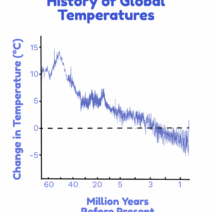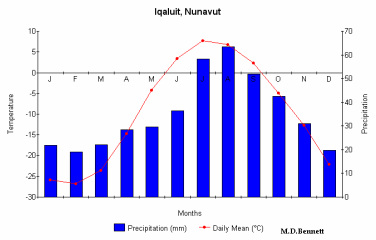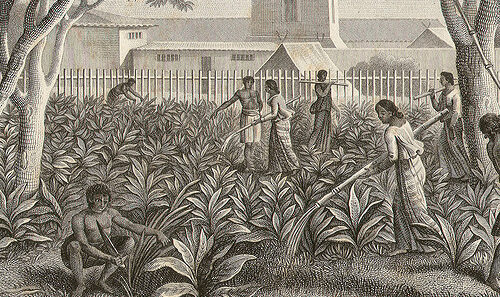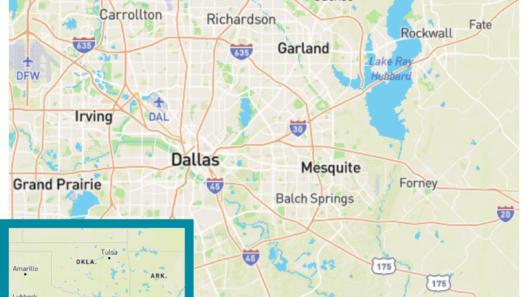The climate in the Southwest of the United States presents a captivating juxtaposition of extremes, marked by the intense, arid heat of desert environments juxtaposed against the cooler, refreshing breezes found in the region’s mountainous areas. Understanding this intricate climatic tapestry is essential not only for appreciating the natural beauty of the Southwest but also for recognizing the implications of climate change in these vulnerable ecosystems.
At its core, the climate of the Southwest is characterized predominantly by aridity. The desert regions, such as the Mojave and Sonoran, experience some of the hottest temperatures recorded in North America. Daytime temperatures often soar above 100 degrees Fahrenheit during the summer months, with some areas documenting extremes that can reach 120 degrees Fahrenheit. In stark contrast, nights can be markedly cooler, with temperatures dipping significantly, which creates a unique diurnal temperature variation that is a hallmark of desert climates.
One salient feature of the Southwestern desert climate is its precipitation pattern. The region typically receives less than 10 inches of rainfall annually, with most of this precipitation occurring during the monsoon season, which spans from late June to mid-September. During this time, moisture-laden winds from the Gulf of California and the Pacific Ocean converge, generating thunderstorms that provide vital water sources. However, these storms can be both a blessing and a curse; while they quench the parched earth, they often result in flash floods and erosion, reshaping the landscape in profound ways.
In contrast, as one ascends to higher altitudes within the Southwest, the climate shifts dramatically. The mountainous regions, including the Rocky Mountains and the Sierra Nevada, offer a refuge from the sweltering heat below. Here, the elevation brings cooler temperatures, often ranging from mild to chilly, even in the summer months. The interplay of altitude and latitude results in a variety of microclimates, with some areas receiving substantial snowfall during winter. This precipitation is crucial not just for local ecosystems but also for water supply, forming snowpack that feeds rivers and reservoirs as it melts in spring.
The stark differences in climate within the Southwest evoke a sense of wonder and intrigue. The interplay of desert heat and mountain breezes is fascinating, creating a variety of habitats that support diverse flora and fauna. Cacti and succulents dominate the deserts, evolved to conserve water with their thick, waxy skins and shallow root systems that capture fleeting rainfall. Meanwhile, higher elevations host coniferous forests, showcasing an array of tree species that have adapted to cooler temperatures and increased precipitation.
Furthermore, this climate dynamic is not merely a geographic curiosity; it holds significant implications for human life and activity. Communities throughout the Southwest have adapted to these environmental extremes over generations. Indigenous peoples used their understanding of the land to cultivate crops that could withstand drought conditions, such as maize and beans. Today, modern agriculture faces challenges due to rising temperatures, altered precipitation patterns, and an increasing frequency of extreme weather events. Water scarcity has emerged as a pressing issue, spurring innovative conservation practices and advanced irrigation techniques that seek to optimize water use while maintaining agricultural productivity.
Climate change exacerbates these climatic contrasts by introducing unprecedented variability. Rising global temperatures are already manifesting in the Southwest through intensified droughts, heatwaves, and shifts in precipitation patterns. This evolution of climate poses a threat not only to the rich ecological diversity of the region but also to the very livelihoods of its inhabitants. As the frequency and intensity of climate-related events increase, understanding the intricacies of this climatic dichotomy becomes ever more essential.
The adaptive capacity of both natural ecosystems and human communities is being tested. Species that thrive in the desert heat may face hardships as temperatures exceed their growing thresholds, leading to shifts in distribution or even local extinctions. At the same time, species inhabiting mountain regions may find their habitats shrinking as warmer temperatures push them to higher elevations, creating a precarious situation for biodiversity. Thus, the resilience of these ecosystems is paramount and warrants immediate attention.
Interestingly, the Southwest also serves as a microcosm for broader global climatic trends, where the effects of climate change are starkly observable. The region’s unique environmental conditions provide vital insights into the broader patterns of global warming, and the response of both natural systems and human arrangements fuels a compelling narrative about the interconnectedness of all life on Earth.
The climatic contrast of desert heat and mountain breezes in the Southwest not only enriches the region’s cultural tapestry but also serves as a clarion call to action against the forces of climate change. The promise of fostering sustainable practices and fostering deeper connections with the land lies within this stark landscape. Through understanding and appreciating the intricate interactions of climate, ecology, and human existence, there lies the hope of forging a path toward a more resilient and adaptive future for the Southwest and the planet as a whole.
In summary, the climate of the Southwest is a complex interplay of heat, elevation, and ecosystems, calling for a shift in paradigm. One must not merely observe these conditions but engage with them, fostering curiosity and commitment to preserving the delicate balance that sustains life in these remarkable environments. The desert’s harshness paired with the cool mountain breezes establishes a compelling narrative, one that inspires wonder while demanding respect and action. The stakes are high, yet the potential for change — both within the natural world and within ourselves — remains vibrant.








